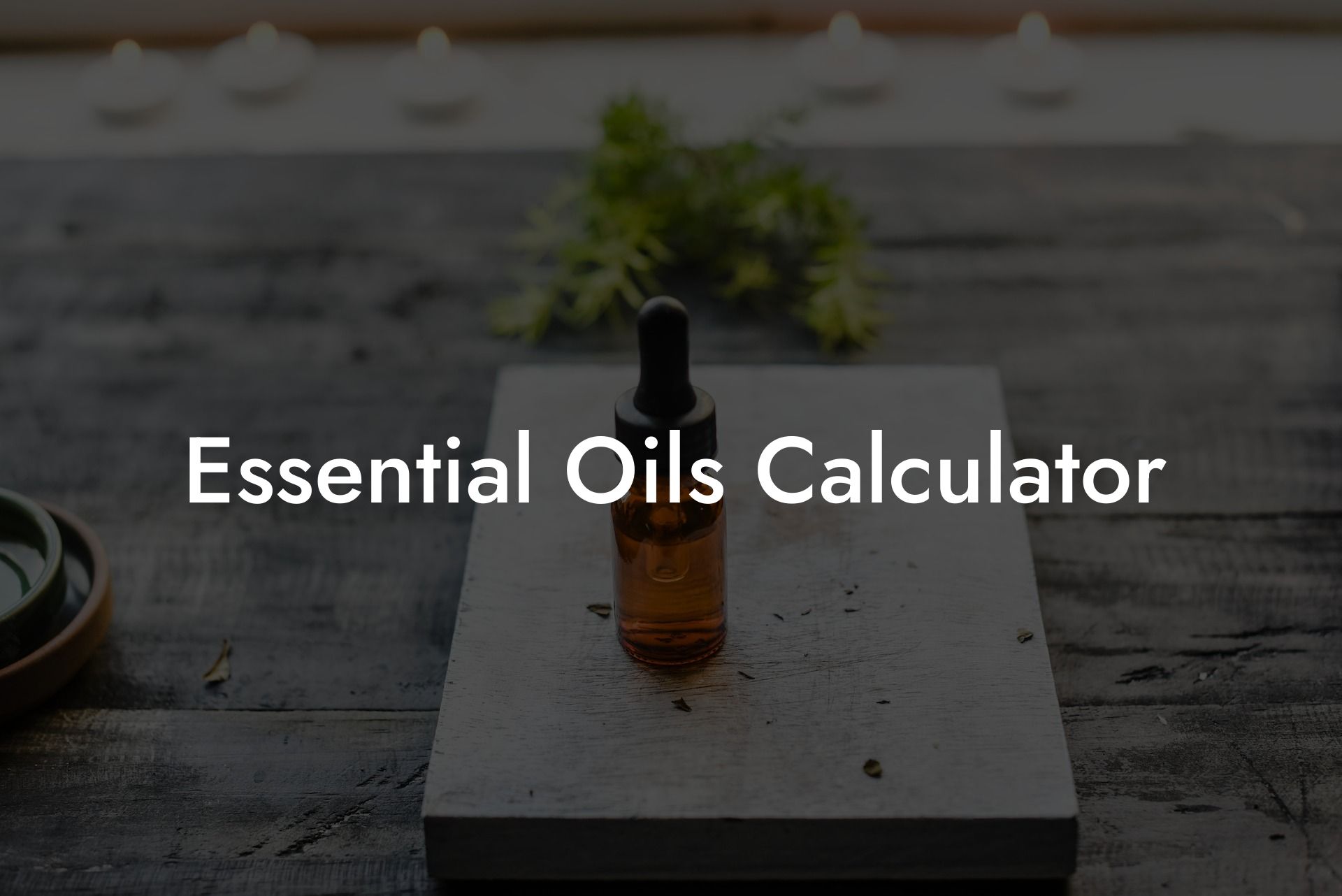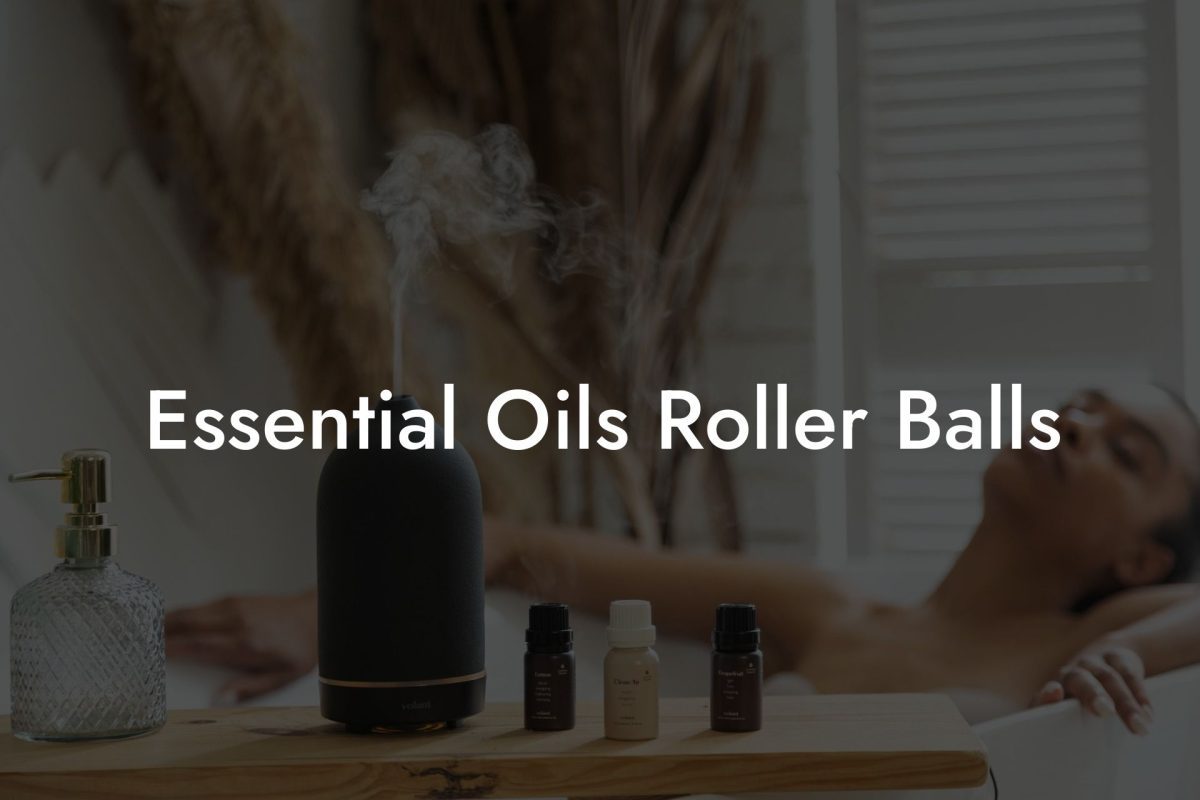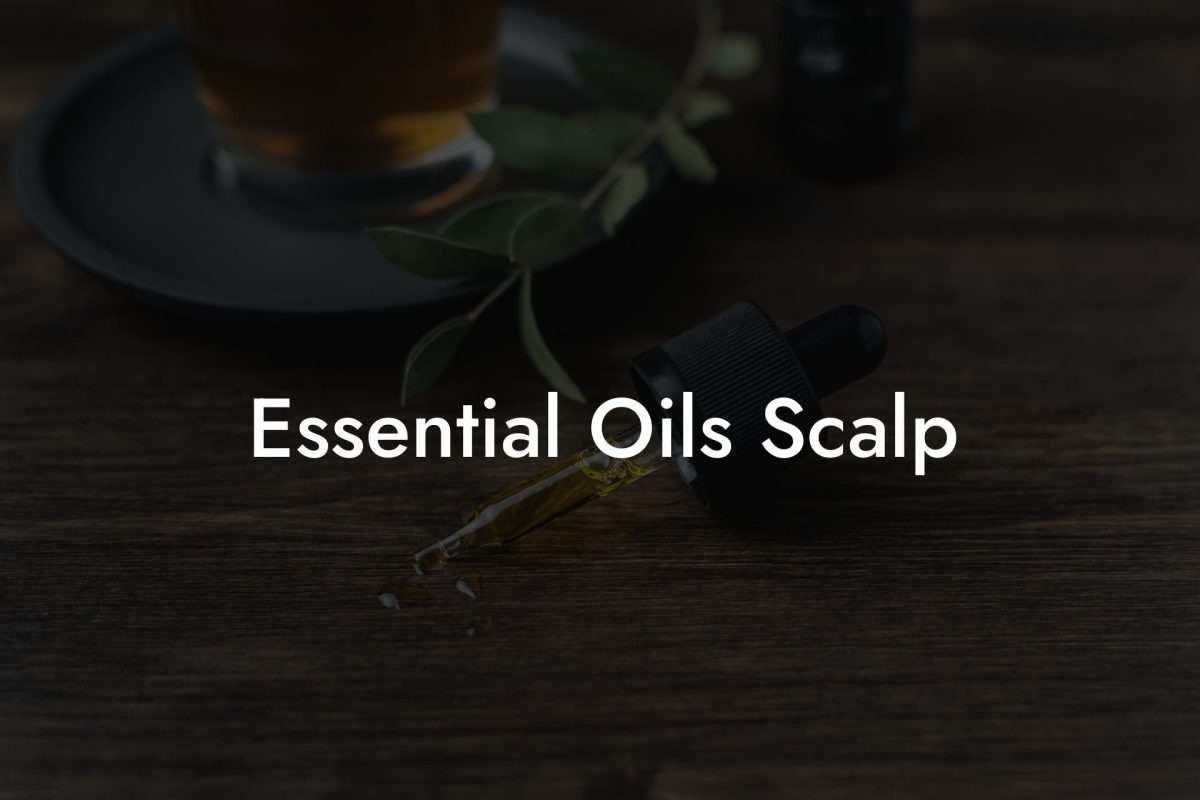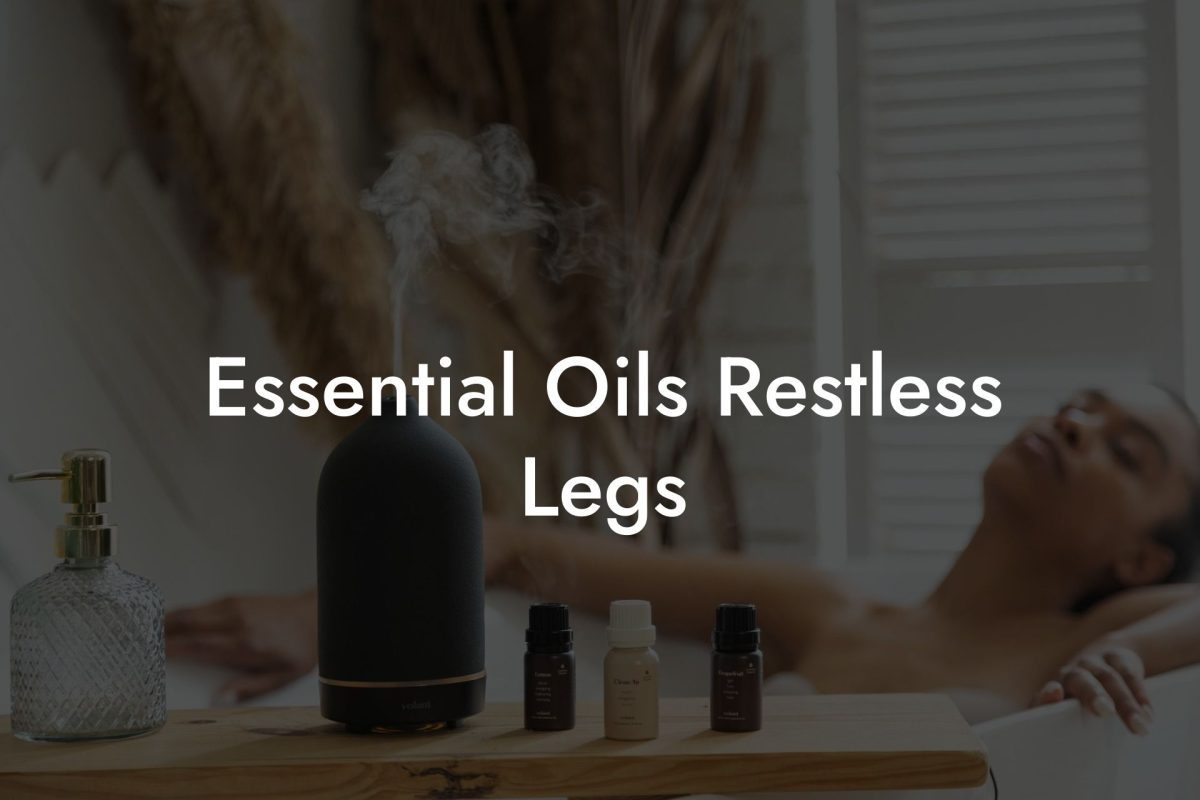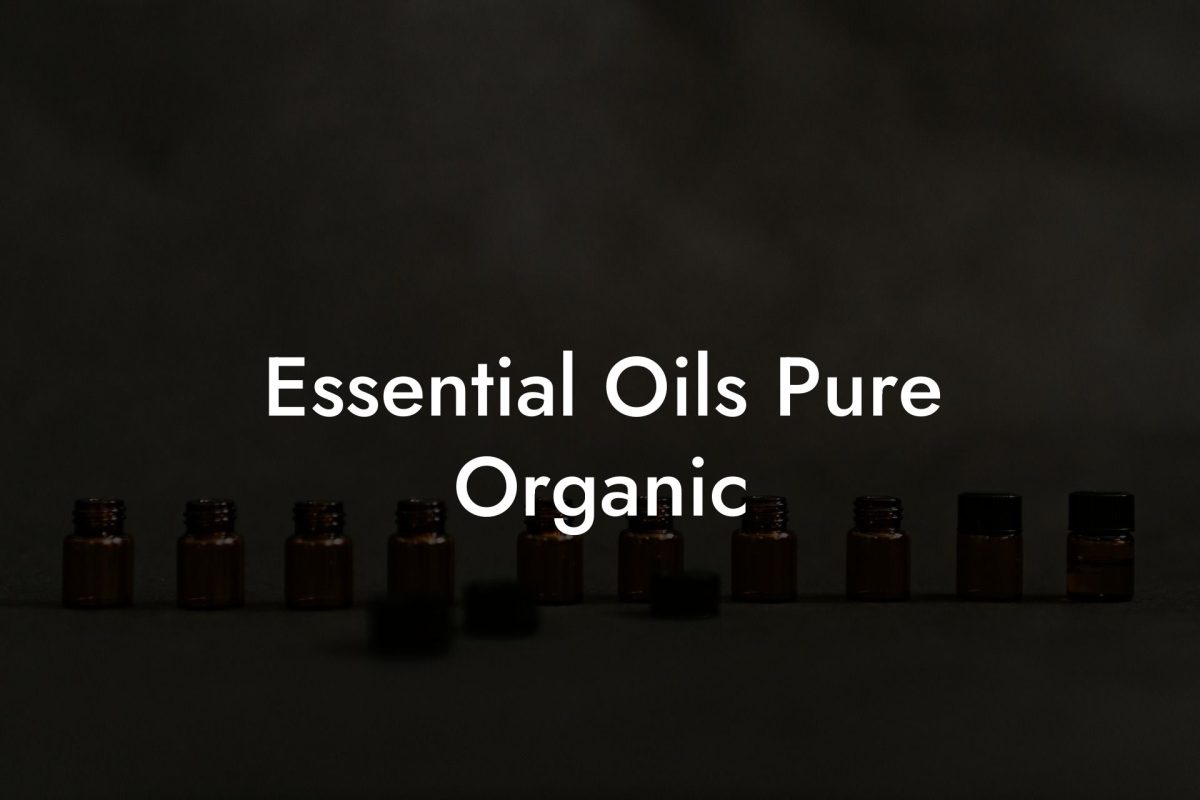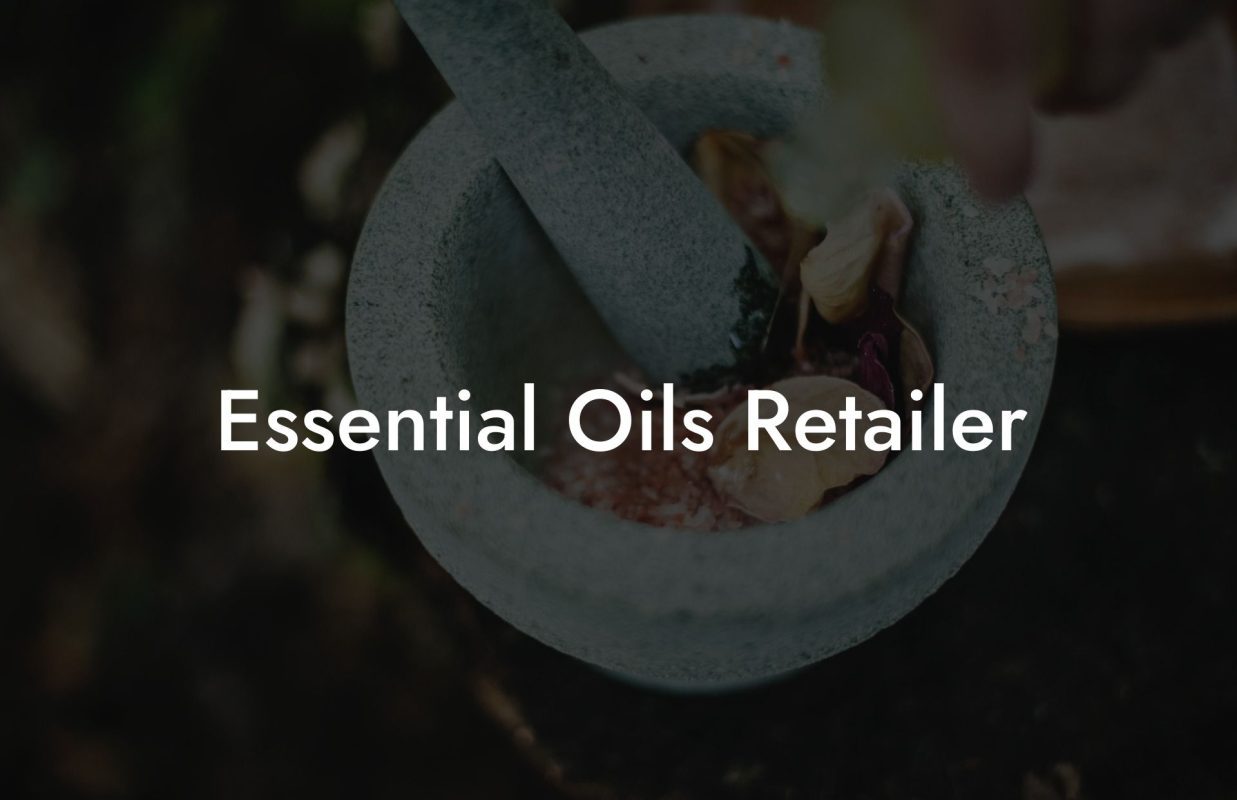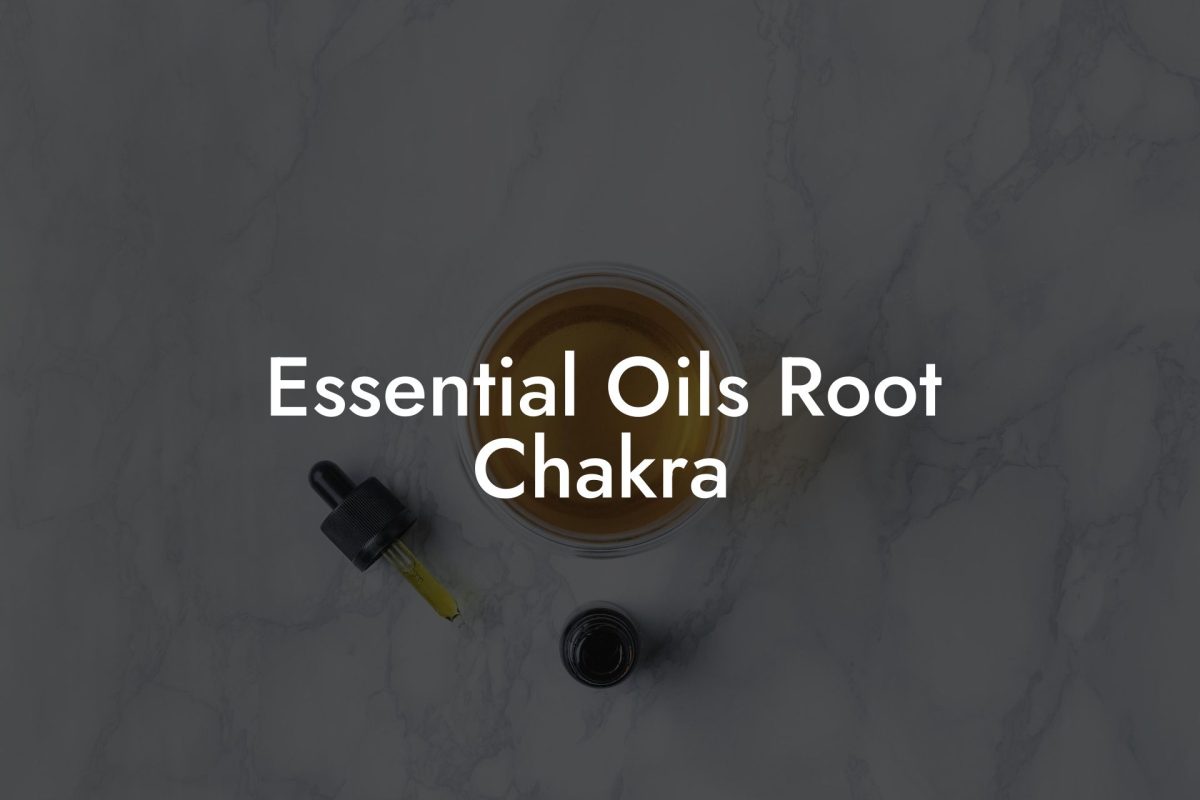Discover the perfect balance of essential oils in your blends and recipes with our comprehensive Essential Oils Calculator guide. Let’s embark on an aromatic journey to create personalized essential oil combinations tailored specifically to your needs.
Table of Contents
Understanding Essential Oil Dilution Ratios
Essential oil dilution ratios are crucial for safe and effective usage. Undiluted essential oils can cause skin irritation or sensitivity. Follow these general guidelines for a proper dilution:
- 1% dilution = 6 drops of essential oil per 1 ounce (30 mL) of carrier oil
- 2% dilution = 12 drops of essential oil per 1 ounce (30 mL) of carrier oil
- 3% dilution = 18 drops of essential oil per 1 ounce (30 mL) of carrier oil
Note: For children, elderly, or individuals with sensitive skin, a 1% dilution is recommended.
Choosing the Right Carrier Oils
Carrier oils are used to dilute essential oils for skin applications. They also carry therapeutic properties on their own. Some popular carrier oils are:
- Grapeseed oil: Lightweight and easily absorbed by the skin
- Coconut oil: Rich in antioxidants and suitable for all skin types
- Jojoba oil: Closely resembles the natural oil produced by our skin, making it ideal for most skin types
- Avocado oil: Highly nourishing and extra moisturizing for dry or mature skin
The Essential Oils Calculator Formula
Once you’ve determined your desired dilution percentage and carrier oil, you can use our essential oils calculator formula to determine the exact number of drops needed for your blend:
Essential Oil Drops = (Dilution Percentage × Carrier Oil Volume in mL) / 0.05
Keep in mind, essential oils are powerful and potent, so always measure with care.
Creating Balanced Essential Oil Blends
To create harmonious blends, it’s essential to understand the different essential oil notes:
- Top Notes: These oils are light, uplifting, and typically evaporate the fastest. Examples: citrus oils, eucalyptus, and peppermint.
- Middle Notes: These oils offer balance in the blend and are typically the most noticeable. Examples: lavender, rosemary, and chamomile.
- Base Notes: These oils are heavier, grounding, and typically have a longer lingering scent. Examples: ylang-ylang, patchouli, and cedarwood.
A balanced blend typically includes a combination of top, middle, and base notes, with a ratio of 3:2:1 (top: middle: base).
Essential Oils Calculator Example:
Let’s create a blend for relaxation and stress relief using our essential oils calculator.
Ingredients:
- Jojoba oil – 1 ounce (30 mL)
- Lavender (middle note) – 3 parts
- Orange (top note) – 2 parts
- Ylang ylang (base note) – 1 part
Desired Dilution: 2% dilution for a total of 12 drops of essential oil
Using the calculator formula:
12 drops = (2% × 30 mL) / 0.05
Now, distribute the drops according to the 3:2:1 ratio of our blend:
- 6 drops Lavender
- 4 drops Orange
- 2 drops Ylang ylang
Blend these essential oils into the jojoba oil and enjoy your custom relaxation blend!
Congratulations on mastering the essential oils calculator and creating well-balanced and personalized blends! Don’t stop here – continue to explore the world of essential oils and the many benefits they can provide for your wellbeing. We encourage you to share this article with friends and family who may be interested in creating their own custom essential oil blends. Dive deeper into the art of aromacology by checking out other guides on Oshu Oils, and unleash your inner aromacologist with our artisan range of essential oils available at Oshu Oils.

